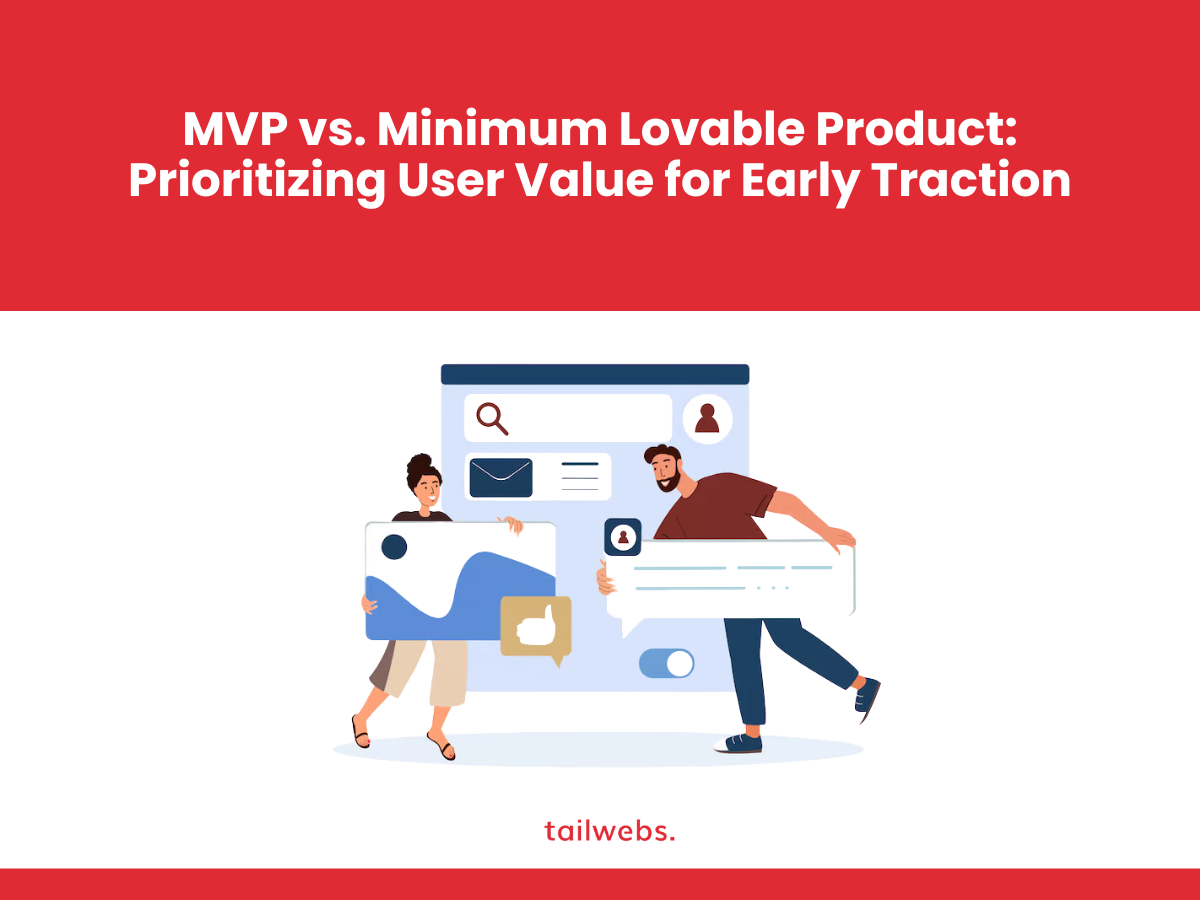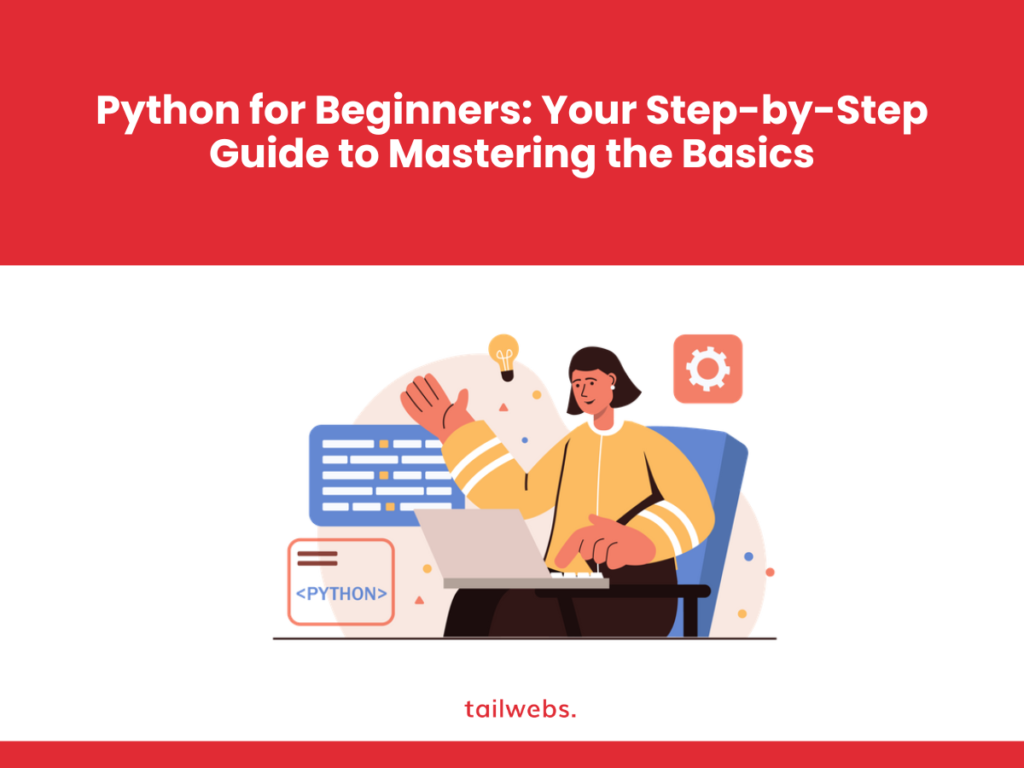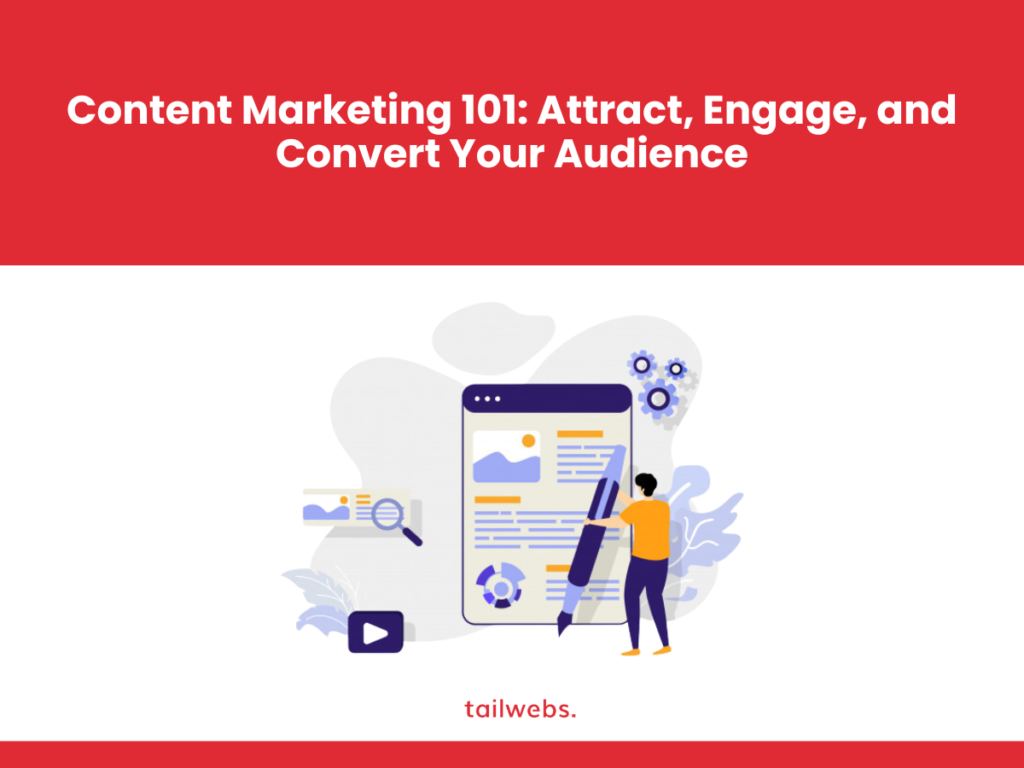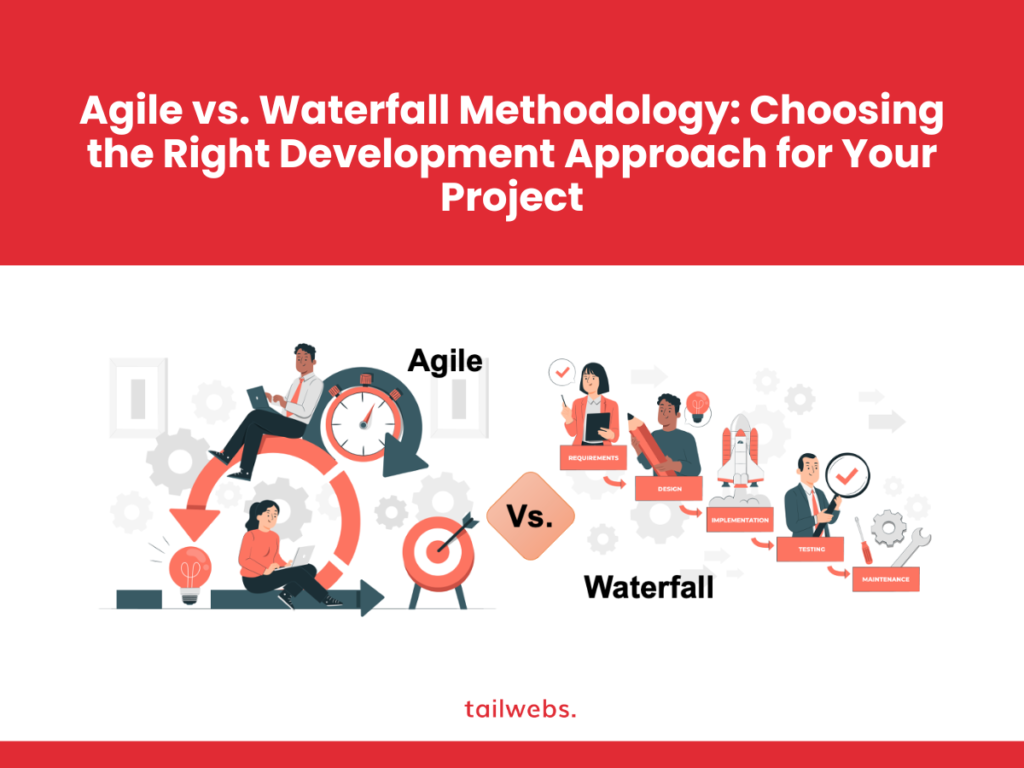In the bustling marketplace, new products face a stark reality: survive or fade into oblivion. To break through the noise and gain early traction, two philosophies collide – the Minimum Viable Product (MVP) and the Minimum Lovable Product (MLP). But which approach reigns supreme in capturing hearts and conquering markets? Let’s delve into the battleground of these product development strategies, uncovering their strengths, weaknesses, and the ultimate aim: prioritising user value for early traction.
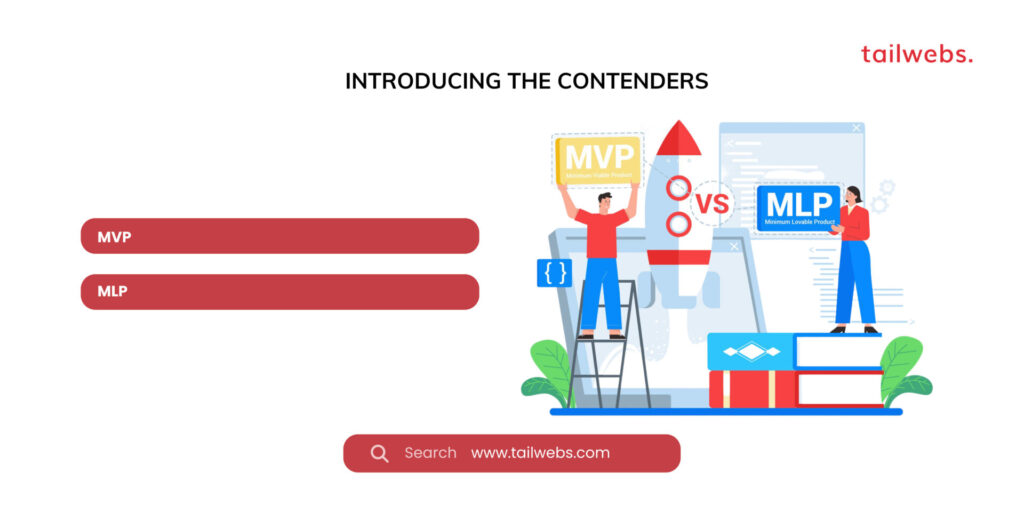
Introducing the Contenders:
MVP:
The lean, mean fighting machine of the product world. Think Rocky Balboa in his early days, stripped down to the bare essentials needed to throw a good punch and test market viability. An MVP focuses on delivering core functionalities with minimal resources, prioritising rapid learning and validation over bells and whistles.
MLP:
The charismatic counterpart, oozing charm and user delight. Imagine Ferris Bueller taking on the stock market, injecting a dose of excitement and user love into even the most basic features. An MLP prioritises creating a positive first impression, focusing on emotional engagement and exceeding user expectations from the get-go.
The Fight for User Value:
MVP:
Its mantra? “Learn fast, fail cheap.” The MVP throws jabs of minimal features into the market, observing user reactions and collecting data to identify pain points and potential for improvement. This rapid iteration cycle allows for quick pivots and course corrections, ensuring the product evolves with user needs in mind.
MLP:
Its battle cry? “Hook ’em with love.” The MLP showers users with delightful surprises, weaving emotional resonance into its core functionalities. From intuitive design to unexpected features, the MLP aims to create a positive first impression that fosters brand loyalty and word-of-mouth buzz.
The Stats Speak Volumes:
- 59% of product leaders attribute successful product launches to data-driven strategies. (ProductPlan, 2023)
- 42% of product failures are due to a lack of market need. (ProductSchool, 2023)
- 99% of ideas never make it to market. (Inc. Magazine, 2023)
Choosing Your Champion:
So, which contender emerges victorious? The answer, like most things in life, isn’t black and white. The choice between MVP and MLP depends on your unique context and goals:
- MVP ideal for:
- Validating market viability and identifying user needs.
- Gathering data and testing assumptions under minimal resource constraints.
- Entering competitive markets quickly and iteratively.
- MLP ideal for:
- Building brand loyalty and creating a strong emotional connection with users.
- Standing out in crowded markets with a differentiated user experience.
- Attracting early adopters and generating positive word-of-mouth buzz.
The Ultimate Synergy:
But wait, there’s a twist! Why not combine the strengths of both champions?
Imagine an MVP with a dash of MLP magic – a product stripped down to core functionalities, yet polished with features that spark user delight. This “Minimum Viable Lovable Product” (MVLP) could be the ultimate weapon in your early traction arsenal.
Remember:
- User value is the heart of the battle. Regardless of your chosen approach, prioritise features that solve real problems and address user needs.
- Data is your compass. Test, iterate, and adapt based on user feedback and market insights.
- Don’t be afraid to pivot. Change is inevitable in the product world, so embrace flexibility and adapt to evolving user needs.
Recommended Tools and Resources:
- Google Analytics: Track website traffic and user behaviour for data-driven insights.
- SurveyMonkey: Conduct online surveys to gather user feedback.
- Figma: A collaborative design platform for user interface and user experience (UI/UX) design.
- A/B testing tools: Optimise features and user experience based on data-driven experimentation.
- Books: “Inspired” by Marty Cagan, “Hooked” by Nir Eyal, “Sprint” by Jake Knapp.
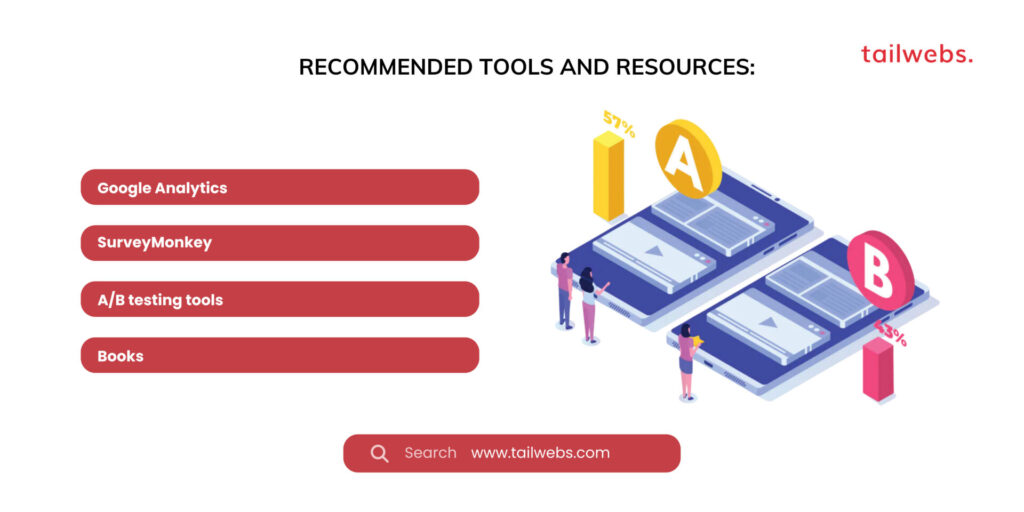
Conclusion:
The battle for early traction is fought not just with features and functionalities, but with user value and emotional resonance. Combining the lean efficiency of the MVP with the user delight of the MLP can create a formidable force – the MVLP. So, arm yourself with the right tools, prioritise user value, and prepare to witness your product conquer the market, one delighted user at a time.
Join the Discussion:
- Share your experiences with MVPs, MLPs, or MVLPs in the comments below!
- Which approach resonated most with you?
- Let’s discuss the future of product development
The battle between MVP and MLP rages on, but the future of product development promises even more exciting twists. As technology evolves and user expectations escalate, new approaches are emerging, blurring the lines between these traditional strategies.
Here are some of the trends reshaping the product development landscape:
Data-Driven MVPs:
Gone are the days of bare-bones features. AI and data analytics are enabling the creation of smarter MVPs that personalise experiences and prioritise functionalities based on real-time user data. Imagine an MVP that learns from each user interaction and evolves alongside your customer base.
Continuous Experimentation:
The build-launch-iterate cycle is accelerating. Continuous experimentation tools and A/B testing platforms allow for rapid feature testing and optimization. Teams can experiment with different designs, features, and messaging, learning and adapting at a lightning pace.
User-Driven Co-creation:
The lines between developers and users are blurring. Platforms like UserVoice and OpenIDEO empower users to collaborate on product development, providing valuable feedback and influencing the roadmap. This democratised approach ensures products are truly built for the people, by the people.
The Rise of Micro-MVPs:
Forget launching one big MVP. The trend is towards smaller, faster iterations called micro-MVPs. These bite-sized experiments validate specific features or test market assumptions with minimal resources. Imagine testing a new payment feature through a micro-MVP before investing in a full-fledged payment integration.
Embracing Uncertainty:
The future is unpredictable, and product development needs to adapt. Instead of rigidly adhering to plans, successful teams will embrace uncertainty and agility. Minimum viable learnings (MVLs) are gaining traction, where the focus is on learning quickly and adapting to changing market conditions.
So, what does this mean for the MVP vs. MLP debate? The lines are blurring. The future will see hybrid approaches that combine the core principles of both philosophies. Imagine an MVP with delightful interactions, or an MLP built with data-driven insights.
Ultimately, the key to success is prioritising user value, regardless of the specific approach. Products that solve real problems, deliver delight, and adapt to user needs will rise above the noise and win the hearts of customers in the ever-evolving market.
Call to Action:
- Share your thoughts on the future of product development in the comments below!
- Which trends are you most excited about?
- Let’s keep the conversation going and build the future of products together!
Remember, the future of product development is not about choosing a single champion. It’s about embracing a continuous learning mindset, prioritising user value, and evolving alongside your customers. Get ready, innovators, the future is bright!

